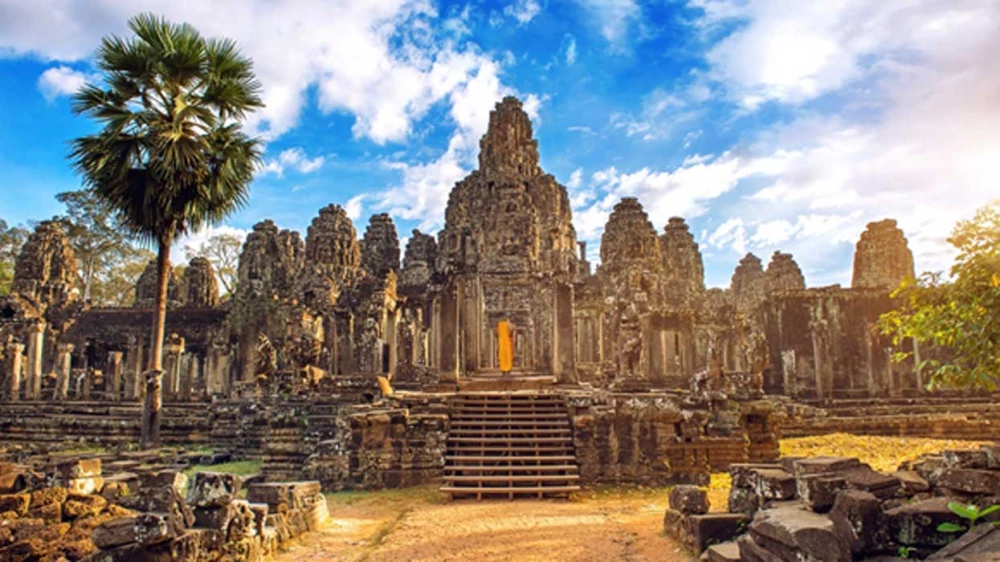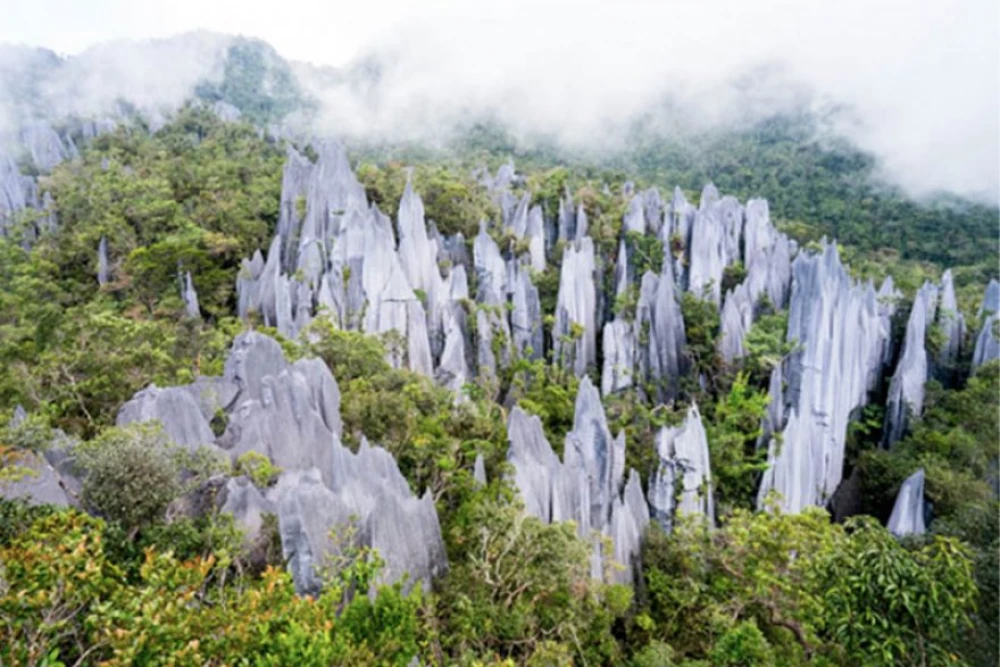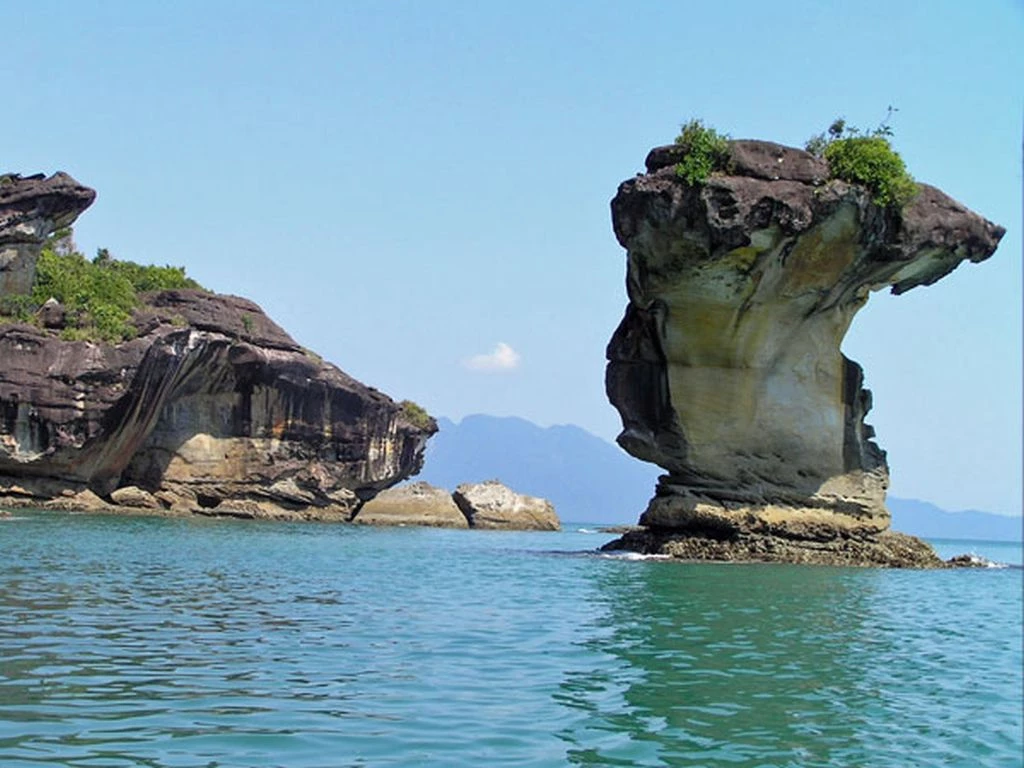
Malaysia
Region map
General information
Malaysia Reopening
Starting 1 April, Malaysia has entered its endemic phase of the pandemic and fully reopened to vaccinated travellers. In doing so, fully vaccinated travellers may now enter Malaysia without quarantine and without a need for prior approval (no need for MyTravelPass / MyEntry). Travellers need only proof of vaccination, a pre-departure PCR test, an on-arrival RTK test and health insurance covering COVID treatment up to USD $20,000. They are then free to explore Malaysia without limitations.
Steps for Travellers – Peninsular Malaysia:
-
Pre-arrival:
- Visa: if required
- Proof of full vaccination: with or without booster at least 14 days prior to departure to Malaysia. For a list of recognised vaccines, go here.
- The following travellers must also have a booster to be considered fully vaccinated:
- 60 years of age or older
- Those vaccinated with Sinovac.
- The following travellers must also have a booster to be considered fully vaccinated:
- Proof of health/medical insurance: covering COVID treatment in case of infection with a minimum coverage of $20,000 USD.
- Pre-departure PCR test: Negative test results from a PCR test within 48 hours of departure to Malaysia for travellers aged 7 and above.
- If entering by land from Singapore: pre-departure testing is not required.
- Download: Download MySejahtera contact tracing application, fill out the traveller form and upload pre-departure test results.
- Children 17 and under: at the date of travel do not need to be vaccinated, but must be accompanied by fully-vaccinated parents or guardians.
- They must still undergo the same pre-departure and on-arrival testing as adults.
- Children 6 and under: at the date of travel are exempt from pre-departure and on-arrival test requirements.
- Recommended: Guests should bring along RTK saliva self-testing kits to self-test when needed, though they may also purchase these on-site.
-
Arrival:
- Upon arrival: visitors will be given an ID Tag by a health screening official who will check:
- Digital/printed negative PCR test result
- Certificate of vaccination
- Health Declaration Form
- Proof of insurance
- Rapid Test: Travelers must undergo a professionally-administered RTK test within 24 hours of arrival in Malaysia. To have it done at the airport, it can be booked in advance here. Otherwise guests can have it done at any clinic as long as it’s within 24h of arrival.
- If entering by air or land from Singapore: testing is not required (transits through Singapore not included).
- Upon arrival: visitors will be given an ID Tag by a health screening official who will check:
-
Stay and departure:
- Guests are required to wear masks in enclosed public places unless drinking or eating or outdoors in crowded places.
Steps for travellers – Borneo:
As Sabah and Sarawak are both semi-autonomous, their procedures follow closely with those of Peninsular Malaysia with slight variation:
- Sabah:
- Direct international flights: must undergo RTK test upon arrival before clearing immigration.
- Flights transiting an airport in Malaysia: travellers undergo their RTK test before boarding their flight to Sabah.
- Sarawak:
- Direct international flights: must undergo RTK test upon arrival before clearing immigration.
- Direct arrivals by air from Singapore are exempt from this requirement (transits through Singapore not included)
- Flights transiting an airport in Malaysia: travellers undergo their RTK test before boarding their flight to Sarawak.
- Direct international flights: must undergo RTK test upon arrival before clearing immigration.
General Information
To know Malaysia is to love Malaysia – a bubbling, bustling melting-pot of races and religions where Malays, Indians, Chinese, and many other ethnic groups live together in peace and harmony. Our multiculturalism has made Malaysia a gastronomical paradise and home to hundreds of colorful festivals. It’s no wonder that we love celebrating and socializing. As a people, Malaysians are very relaxed, warm, and friendly.
Geographically, Malaysia is almost as diverse as its culture. 11 states and 2 federal territories (Kuala Lumpur and Putrajaya) form Peninsular Malaysia which is separated by the South China Sea from East Malaysia which includes the 2 states (Sabah and Sarawak on the island of Borneo) and a third federal territory, the island of Labuan.
One of Malaysia’s key attractions is its extreme contrasts which further add to this theme of ‘diversity’. Towering skyscrapers look down upon wooden houses built on stilts while five-star hotels sit just meters away from ancient reefs.
Rugged mountains reach dramatically for the sky while their rainforest-clad slopes sweep down to floodplains teeming with forest life. Cool highland hideaways roll down to warm, sandy beaches and rich, humid mangroves.
Dynamic cities, fabulous food, beautiful beaches, idyllic islands, and national parks with wildlife-packed rainforests – all of this can be found in Adventure Asia Malaysia’s trips. Let's discover Malaysia with Adventure Asia!
Malaysia itineraries
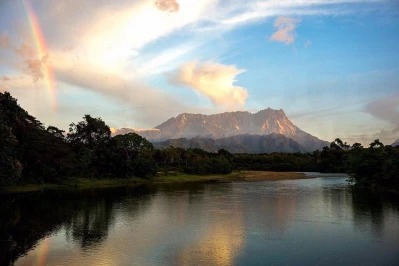
Best of Sabah Adventure
Sabah is a realm that boasts impressive natural attractions. The land beneath the wind is home to a plethora of rare wildlife as well as Mt. Kinabalu, one of South-East Asia’s highest peaks. Whether you choose to watch the sunrise from the apex of Mt. Kinanalu, immersed in the waters of the Poring Hot springs or go river rafting on the Kulu River, your trip is definitely going to be a memorable one.

Sabah Tour
This 5-day itinerary brings you through the exotic twin cities of Borneo-Kota Kinabalu and Kuching city- venturing into the ancient Borneo rain forest to witness the Orangutans, time-traveling to the past in an award-winning living museum, and caving through limestone caverns. We’re also throwing in a glorious dose of sun, sand, and sea. An itinerary that boasts of stunning natural scenery, best of Borneo’s wild wonders and cultural highlights.
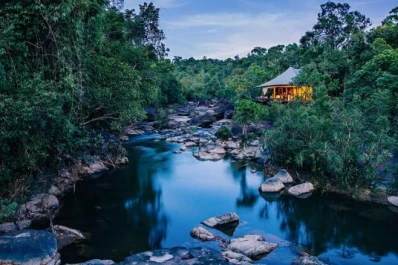
Borneo West coast Birding tour
A memorable birding experience awaits you! Renowned as a destination for nature lovers that is decorated with exotic flora and fauna, Borneo has a total of 688 resident and migratory bird species; 60 endemic species, where 33 of these endemics are found in Sabah’s hill slopes and mountain forest. Borneo is a tropical haven with numerous bird watching locations, namely Kinabalu Park and Poring Hot Spring in Ranau, Danum valley conservation area and Tabin Wildlife reserve in Lahad Datu, among others. Our guides and their eagle-eyes are sure to make your time in Borneo worthwhile!
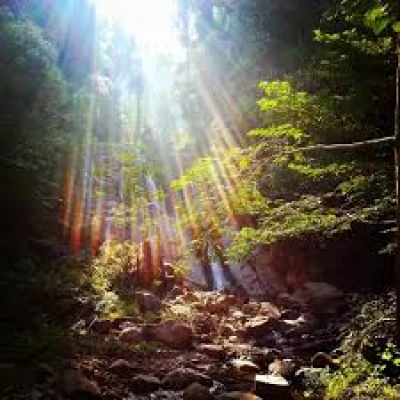
Orou Sapulot – Hidden World
Experience Mother Nature at its best and experience the hospitality of the Murut Headhunter Tribe of North Borneo. Not only is this a must-visit for Eco-travelers and the adventurous, but Orou Sapulut is also a community project to assist in generating an economic development of the Murut community in Sapulot. This tour includes various activities such as caving, jungle trekking, rock climbing, river cruises, rapid shooting, hidden waterfalls, cultural performance and much more.

Maliau Nature Safari
The Maliau Basin has only partially been explored, leaving over 50% of the area completely untouched. Reveal the mystical Maliau Basin- one of Malaysia’s finest remaining wilderness areas. It is one of the world’s great reserves of biodiversity, with almost unbelievable genetic richness. Stay at Maliau Basin Study Center (MBSC) and experience the wonders of primary tropical forest. This is the best place in Borneo to catch a glimpse of the lost world of Borneo. This trek will take you over winding trails, often under grown with the encroaching forest, and with uneven and muddy ground underfoot. The trails will be narrow, slippery and generally up and down for most of the day.
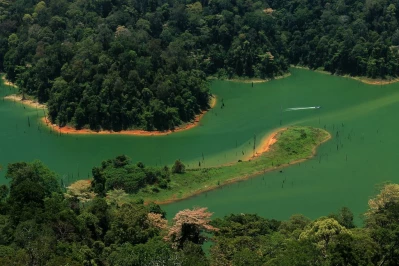
Belum Temengor Adventure Tour
Belum Temenggor is the largest rain forest in the Malay Peninsula. It is believed to have been in existence for over 130million years, making it one of the world’s oldest rainforests, older than both the Amazon and the Congo. In the heart of the forest lies a man-made lake covering 15,200 Hectares which are dotted with hundreds of Islands. Belum Temenggor is still relatively low key in regards to tourism, making it easy to enjoy the tranquility of the jungle and increasing your chances of spotting wild animals
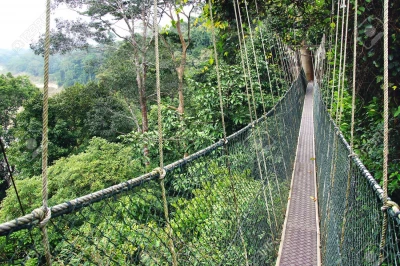
3 Days Taman Negara Tour
This tour will take you to explore the spectacular Taman Negara and discover the wonders of the ancient rain forest. Taman Negara is the largest park in Peninsular Malaysia, reputed to be the best kept tropical rain forest, thanks to its protected status. This tour is filled with many activities such as jungle trekking, canopy walk, and night safari.

Adventurous Bako National Park and Sea Stack Rock Formation Tour
If you're an animal lover who's looking for an adventure, this program is for you! Adventure Asia features the Bako National Park, where you can see various animals in their natural surroundings. Bako is one of the best spots in Sarawak where you can experience encounters with animals like monkeys, flying lemurs, monitor lizards, and numerous bird species. Get close to nature as you explore the tropical rainforest and see the cliff, tropical swamp, and beach vegetations. Not only that, but we'll also take you to see the Sea Stack Rock Formation!
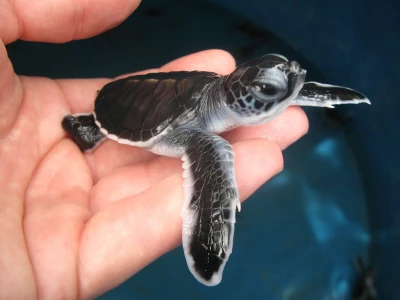
Sea turtle conservation program
This program allows participants an up-close and personal experience with marine mammals which are on the brink of extinction. Volunteers get the chance to actively participate hands-on in turtle conservation work at Talang-Talang Besar Island and join a team of dedicated professionals in their efforts to save the turtles. The program aims to create awareness and to impart knowledge on the importance of sea turtle conservation.
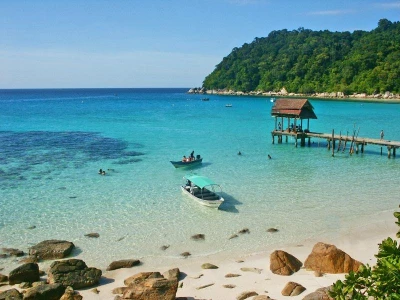
Trail Blazing Sarawak
Sarawak is known for its rich tropical landscape and mighty rivers, as well as a city that is named after a cat! Enjoy some tours that bring you to explore the Cat city of Sarawak. You will also have the chance to see the magnificent Orangutans, gentle primates of Southeast Asia, in the Semonggoh orangutan rehabilitation center as well as visit the amazing Mulu caves, the largest in the world.

Best of Sabah Adventure
Sabah is a realm that boasts impressive natural attractions. The land beneath the wind is home to a plethora of rare wildlife as well as Mt. Kinabalu, one of South-East Asia’s highest peaks. Whether you choose to watch the sunrise from the apex of Mt. Kinanalu, immersed in the waters of the Poring Hot springs or go river rafting on the Kulu River, your trip is definitely going to be a memorable one.

Sabah Tour
This 5-day itinerary brings you through the exotic twin cities of Borneo-Kota Kinabalu and Kuching city- venturing into the ancient Borneo rain forest to witness the Orangutans, time-traveling to the past in an award-winning living museum, and caving through limestone caverns. We’re also throwing in a glorious dose of sun, sand, and sea. An itinerary that boasts of stunning natural scenery, best of Borneo’s wild wonders and cultural highlights.

Borneo West coast Birding tour
A memorable birding experience awaits you! Renowned as a destination for nature lovers that is decorated with exotic flora and fauna, Borneo has a total of 688 resident and migratory bird species; 60 endemic species, where 33 of these endemics are found in Sabah’s hill slopes and mountain forest. Borneo is a tropical haven with numerous bird watching locations, namely Kinabalu Park and Poring Hot Spring in Ranau, Danum valley conservation area and Tabin Wildlife reserve in Lahad Datu, among others. Our guides and their eagle-eyes are sure to make your time in Borneo worthwhile!

Orou Sapulot – Hidden World
Experience Mother Nature at its best and experience the hospitality of the Murut Headhunter Tribe of North Borneo. Not only is this a must-visit for Eco-travelers and the adventurous, but Orou Sapulut is also a community project to assist in generating an economic development of the Murut community in Sapulot. This tour includes various activities such as caving, jungle trekking, rock climbing, river cruises, rapid shooting, hidden waterfalls, cultural performance and much more.

Maliau Nature Safari
The Maliau Basin has only partially been explored, leaving over 50% of the area completely untouched. Reveal the mystical Maliau Basin- one of Malaysia’s finest remaining wilderness areas. It is one of the world’s great reserves of biodiversity, with almost unbelievable genetic richness. Stay at Maliau Basin Study Center (MBSC) and experience the wonders of primary tropical forest. This is the best place in Borneo to catch a glimpse of the lost world of Borneo. This trek will take you over winding trails, often under grown with the encroaching forest, and with uneven and muddy ground underfoot. The trails will be narrow, slippery and generally up and down for most of the day.

Belum Temengor Adventure Tour
Belum Temenggor is the largest rain forest in the Malay Peninsula. It is believed to have been in existence for over 130million years, making it one of the world’s oldest rainforests, older than both the Amazon and the Congo. In the heart of the forest lies a man-made lake covering 15,200 Hectares which are dotted with hundreds of Islands. Belum Temenggor is still relatively low key in regards to tourism, making it easy to enjoy the tranquility of the jungle and increasing your chances of spotting wild animals

3 Days Taman Negara Tour
This tour will take you to explore the spectacular Taman Negara and discover the wonders of the ancient rain forest. Taman Negara is the largest park in Peninsular Malaysia, reputed to be the best kept tropical rain forest, thanks to its protected status. This tour is filled with many activities such as jungle trekking, canopy walk, and night safari.

Adventurous Bako National Park and Sea Stack Rock Formation Tour
If you're an animal lover who's looking for an adventure, this program is for you! Adventure Asia features the Bako National Park, where you can see various animals in their natural surroundings. Bako is one of the best spots in Sarawak where you can experience encounters with animals like monkeys, flying lemurs, monitor lizards, and numerous bird species. Get close to nature as you explore the tropical rainforest and see the cliff, tropical swamp, and beach vegetations. Not only that, but we'll also take you to see the Sea Stack Rock Formation!

Sea turtle conservation program
This program allows participants an up-close and personal experience with marine mammals which are on the brink of extinction. Volunteers get the chance to actively participate hands-on in turtle conservation work at Talang-Talang Besar Island and join a team of dedicated professionals in their efforts to save the turtles. The program aims to create awareness and to impart knowledge on the importance of sea turtle conservation.

Trail Blazing Sarawak
Sarawak is known for its rich tropical landscape and mighty rivers, as well as a city that is named after a cat! Enjoy some tours that bring you to explore the Cat city of Sarawak. You will also have the chance to see the magnificent Orangutans, gentle primates of Southeast Asia, in the Semonggoh orangutan rehabilitation center as well as visit the amazing Mulu caves, the largest in the world.
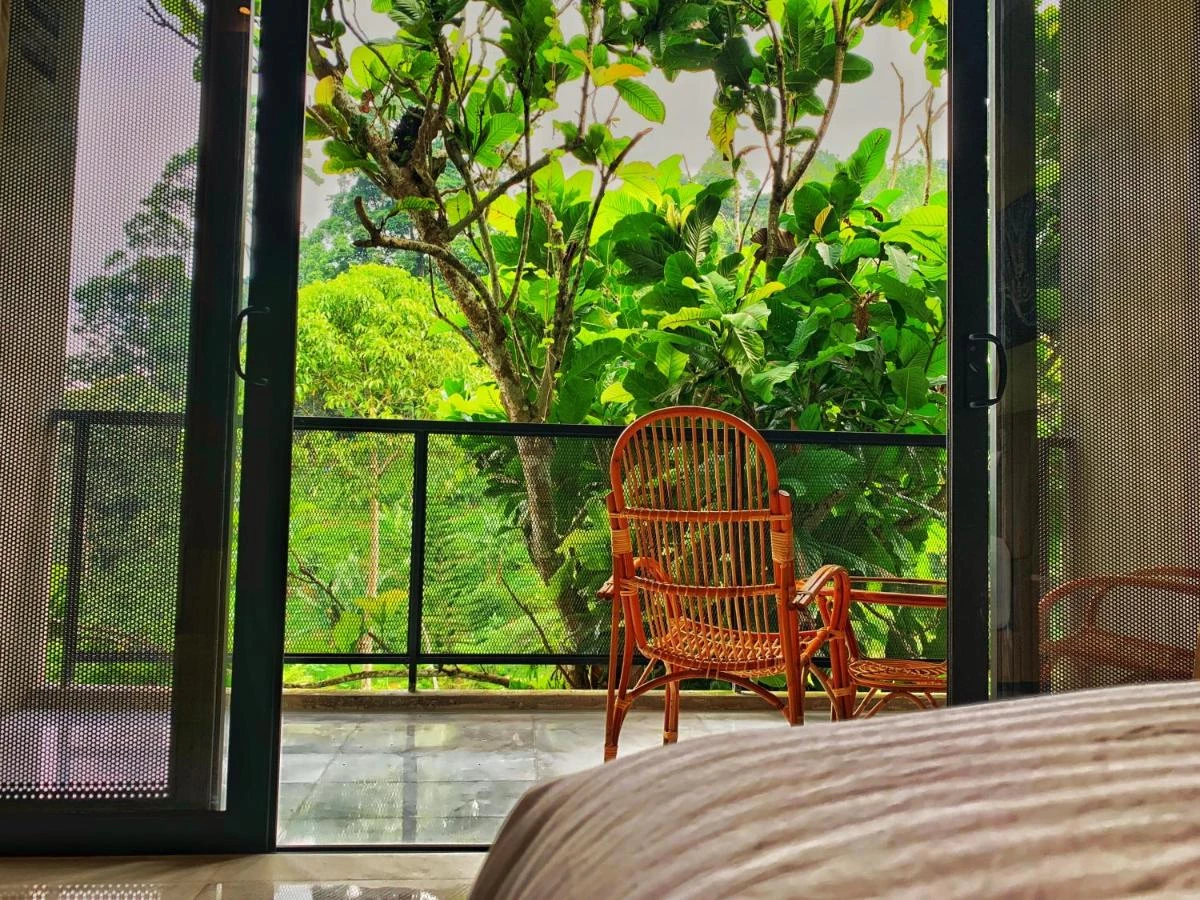
Harmony Valley Retreat - Batang
Harmony Valley Retreat - Batang
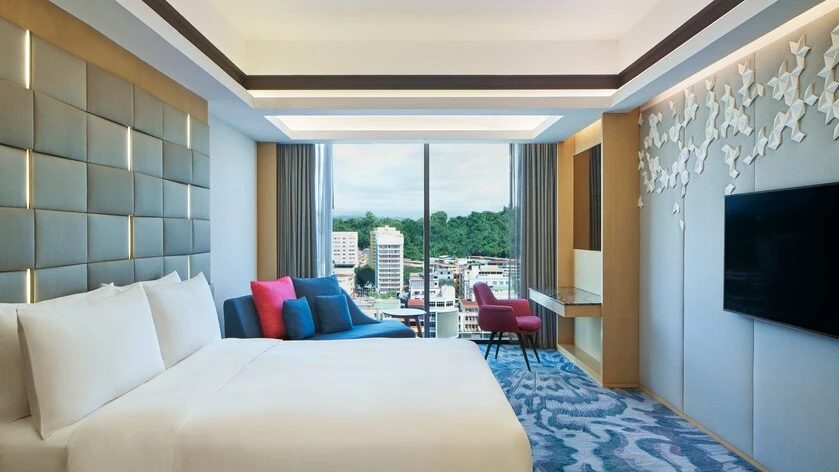
Le Meridien Kota Kinabalu
Discover a true urban sanctuary at Le Méridien Kota Kinabalu. Edging the waterfront, our hotel is perfectly located in the heart of the city's central business, retail and entertainment district. Immerse yourself in 5-star comfort amid stylish hotel accommodations featuring stunning sea and city views, contemporary amenities and refined design elements inspired by the eclectic beauty of Sabah Borneo, Malaysia. Upgrade your stay to Le Méridien club or suite rooms to enjoy exclusive access to the panoramic sea-view Club Lounge. Explore Kota Kinabalu's many cultural fascinations, and complete the experience with distinctive local and international cuisine at our restaurants. Celebrate or succeed in sophisticated event and meeting venues, and relax with creative cocktails as you enjoy a sunset in motion at our rooftop bar. Designed to inspire your senses, Le Méridien Kota Kinabalu is a 5-star haven in a vibrant destination.
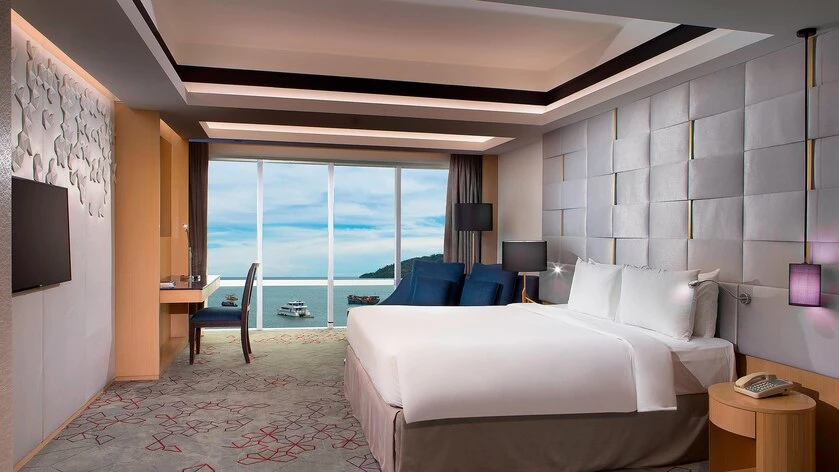
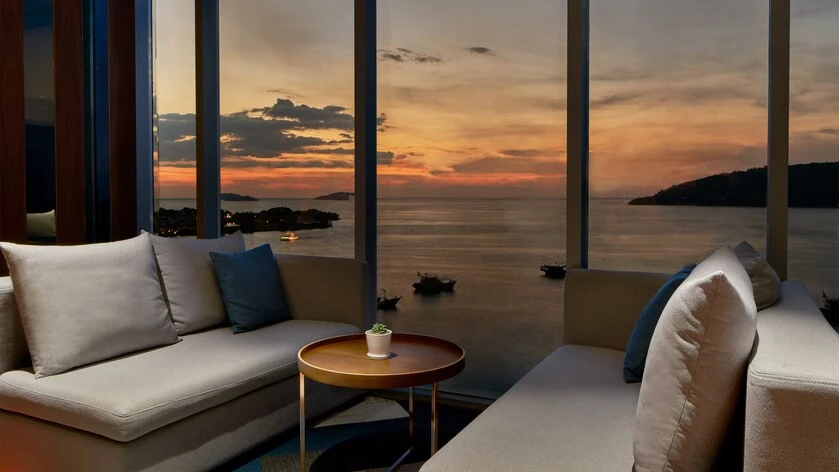
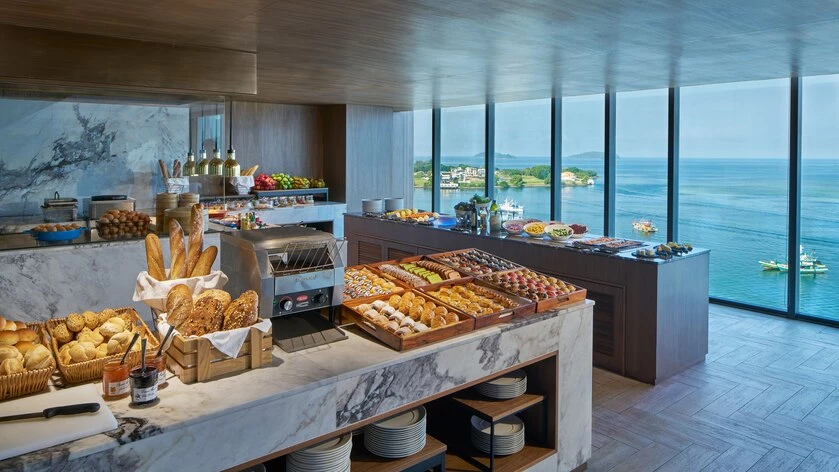


Le Meridien Kota Kinabalu
Discover a true urban sanctuary at Le Méridien Kota Kinabalu. Edging the waterfront, our hotel is perfectly located in the heart of the city's central business, retail and entertainment district. Immerse yourself in 5-star comfort amid stylish hotel accommodations featuring stunning sea and city views, contemporary amenities and refined design elements inspired by the eclectic beauty of Sabah Borneo, Malaysia. Upgrade your stay to Le Méridien club or suite rooms to enjoy exclusive access to the panoramic sea-view Club Lounge. Explore Kota Kinabalu's many cultural fascinations, and complete the experience with distinctive local and international cuisine at our restaurants. Celebrate or succeed in sophisticated event and meeting venues, and relax with creative cocktails as you enjoy a sunset in motion at our rooftop bar. Designed to inspire your senses, Le Méridien Kota Kinabalu is a 5-star haven in a vibrant destination.

Hyatt Regency Kinabalu
Hyatt Regency Kinabalu offers luxury stays, dazzling choices of local and international cuisines and memorable meetings and events. Experience five-star Sabahan hospitality in the heart of Kota Kinabalu’s business, shopping and entertainment district overlooking the scenic coral islands of the Tunku Abdul Rahman Marine Park and South China Sea. Whether staying in Kota Kinabalu hotels for business or leisure, a stay at Hyatt Regency Kinabalu enables you to connect to who and what matters most to you.



Hyatt Regency Kinabalu
Hyatt Regency Kinabalu offers luxury stays, dazzling choices of local and international cuisines and memorable meetings and events. Experience five-star Sabahan hospitality in the heart of Kota Kinabalu’s business, shopping and entertainment district overlooking the scenic coral islands of the Tunku Abdul Rahman Marine Park and South China Sea. Whether staying in Kota Kinabalu hotels for business or leisure, a stay at Hyatt Regency Kinabalu enables you to connect to who and what matters most to you.
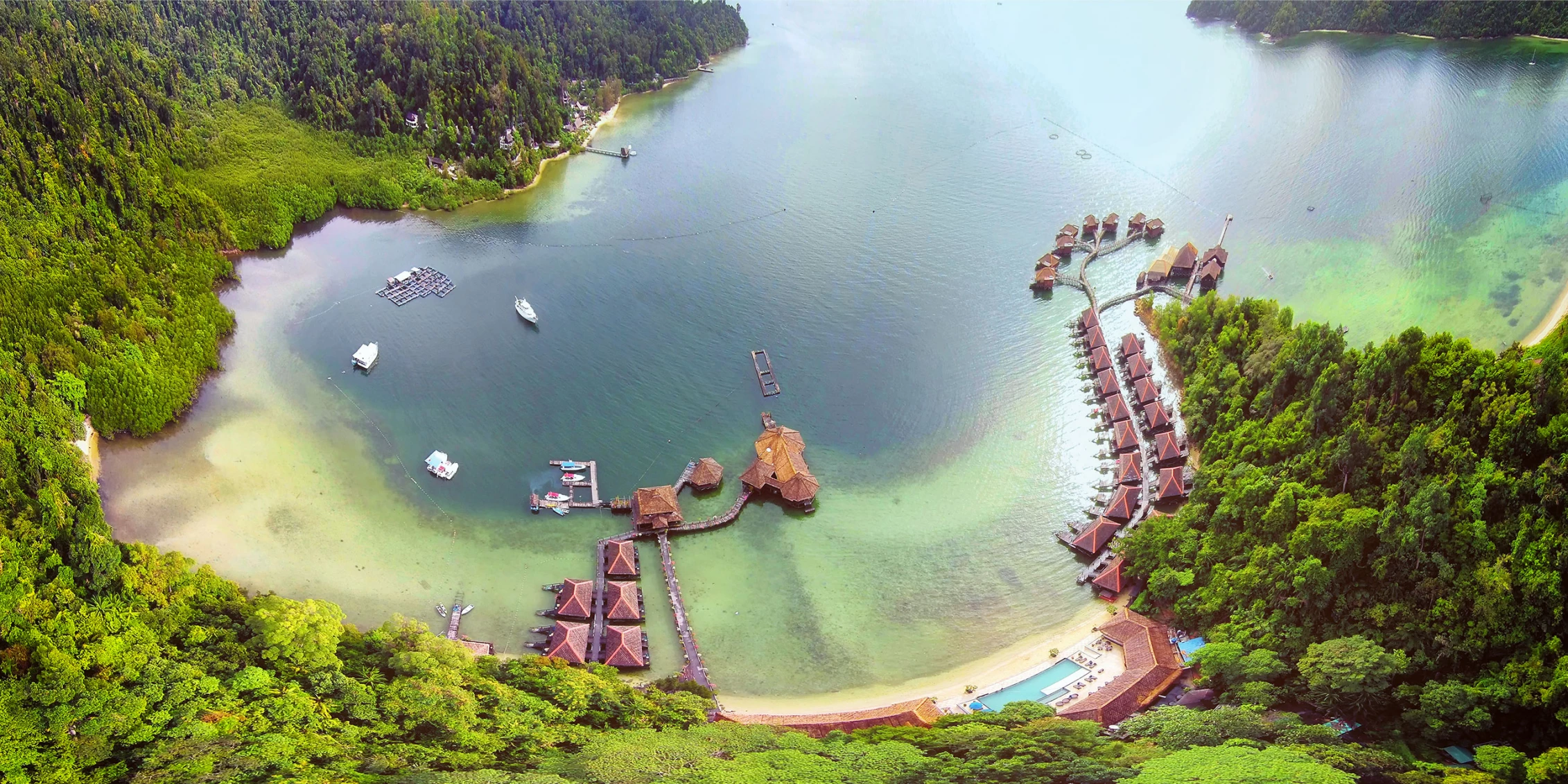
Gayana Marine resort - Kota Kinabalu
Nestled on Gaya Island’s crescent Malohom Bay off the coast of Sabah, Malaysia Borneo, Gayana Marine Resort is a picturesque destination that strikes a balance between ecology and indulgent luxury.
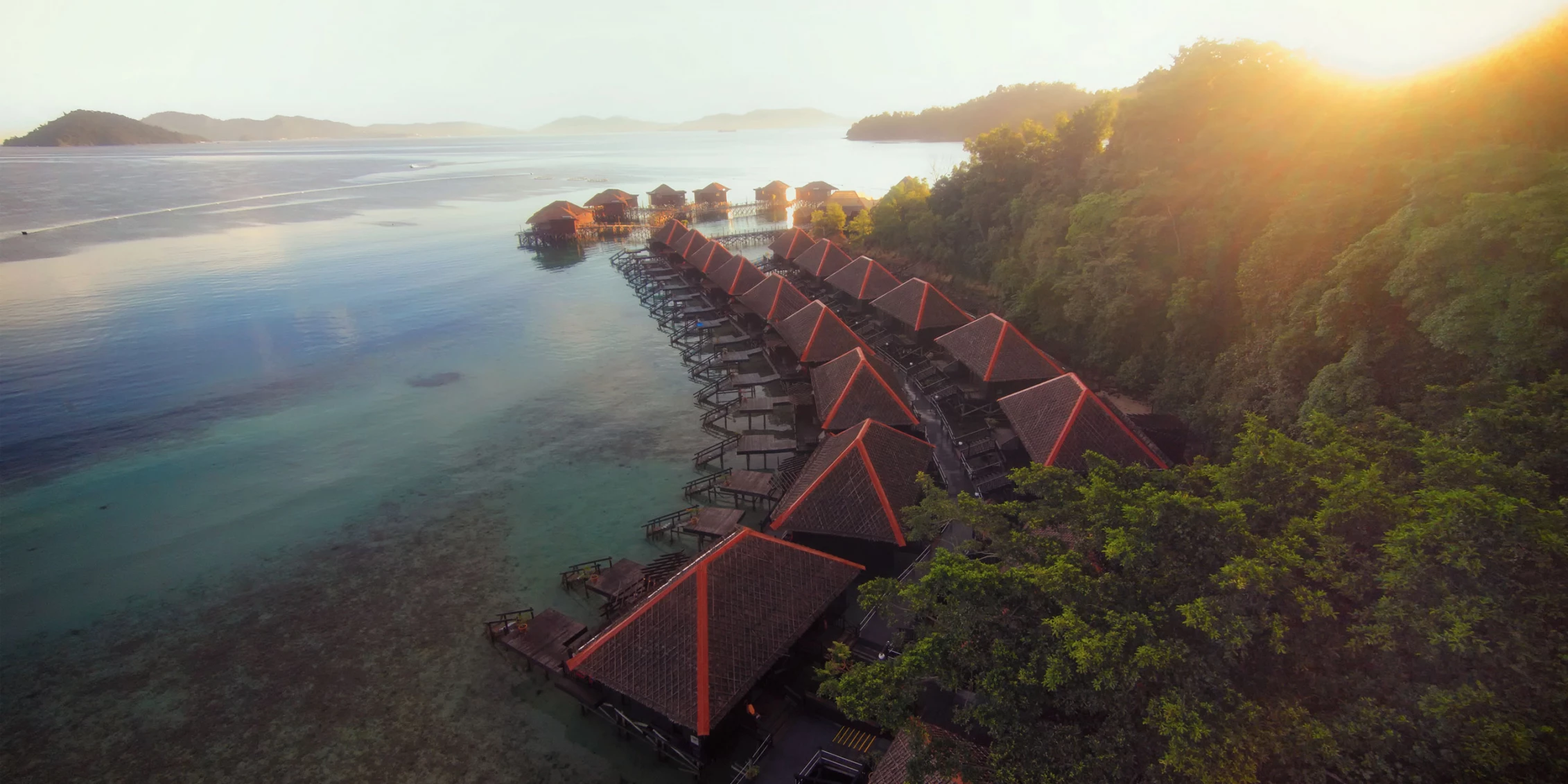

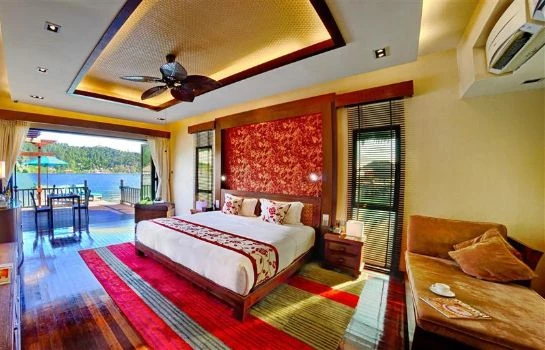

Gayana Marine resort - Kota Kinabalu
Nestled on Gaya Island’s crescent Malohom Bay off the coast of Sabah, Malaysia Borneo, Gayana Marine Resort is a picturesque destination that strikes a balance between ecology and indulgent luxury.
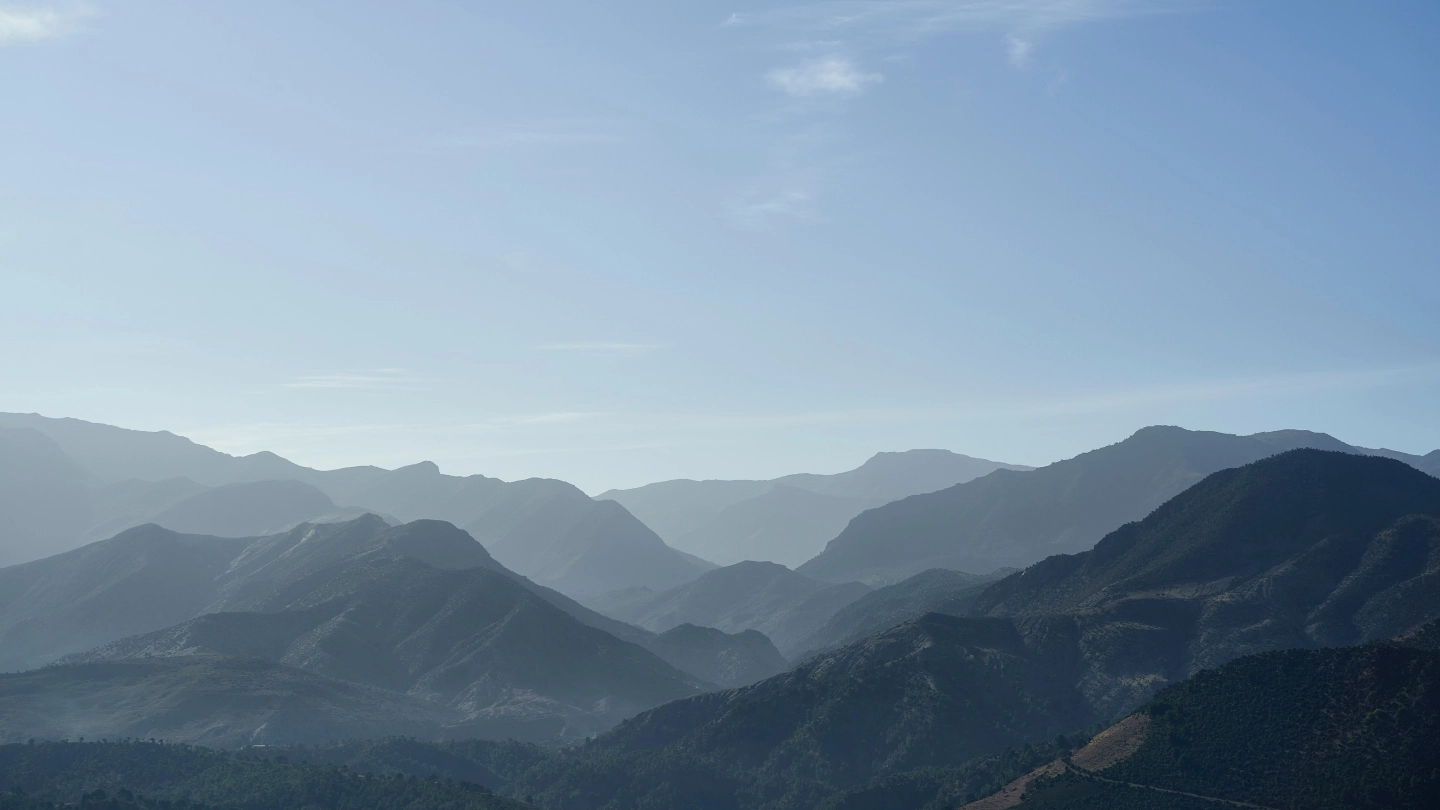
Why Adventure Asia
The company aims to serve soft/medium vacation options to the experienced adventure customer seeking uniquely styled expeditions, rather than traditional tourist-oriented itineraries that are prevalent.
Event Festival
Browse a month-by-month breakdown of suggested itineraries, seasonal activities, climate considerations and festivals.
Thaipusam
Over a million Hindus gather every year at various temples nationwide to celebrate Thaipusam. The exact date of this important Hindu event is based on the full moon day in the month of Thai (January/February) in the Hindu calendar. Thaipusam is a celebration dedicated to the Hindu deity Lord Murugan (youngest son of Shiva and his wife Parvati). The celebrations take place on a grand scale at the Batu Caves (Sri Subramanian Swamy Temple) just outside of Kuala Lumpur. Besides the Batu Caves; Hindus also gather at the Balathandayuthapani Temple or Waterfall Hill Temple in Penang, the Sri Subramaniya Swamy Temple in Sungai Petani (Kedah), and the Sri Subramanian Swamy Temple in Ipoh (Perak).
Weather and Climate
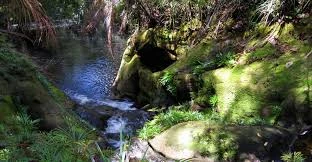
Malaysia enjoys tropical weather year round however due to its proximity to water the climate is often quite humid. Despite this, the weather is never too hot and temperatures range from a mild 20°C to 30°C average throughout the year; however the highlands experience cooler temperatures.
The nature of Malaysia’s weather and climate means that it experiences a monsoon season however this varies depending on the destination. The south-west experiences its monsoon season from May to September while November to March is the wettest in the north-east. The best times to visit, especially for beach holidays, is during January and February on the west coast, April in Sabah and June and July on the east coast and in Sarawak.
The monsoon also varies on the Peninsular Malaysia coastline where Kuala Lumpur experiences rainfall from March to April and September to November. The popular Peninsular generally receives a rainfall average of 2500 mm annually while East Malaysia experiences 5080 mm of annual rainfall. However outside the monsoon season, the climate is very pleasant and the weather is characterised by warm sunny days and slightly cooler nights making Malaysia a pleasant place to visit at almost any time of year.
Travel FAQs
Essential Information
Traveling in Malaysia is easy, affordable, and exciting! Malaysia’s generous visa policy gives travelers from the U.S., Canada, and European Union up to 90 days to explore Kuala Lumpur, the rainforests (including a side trip to Borneo), and the many beautiful islands on both sides of the country. It provides opportunities to sample culture from a mix of Malay, Chinese, Indian, and indigenous people all in one place. Kuala Lumpur is a melting pot of Middle Eastern, South Asian, and many other cultures. You’ll get to experience food, festivals, music, and traditions from many different ethnic groups — all in one place! Malaysia is very easy to travel. English is widely spoken; communicating rarely poses a problem in the top destinations around Malaysia. Roads and travel infrastructure are generally in good condition. Eating is inexpensive at street carts and in food courts, however, consuming alcohol is significantly more expensive than in Thailand.
Getting There
The Kuala Lumpur area is served by two airports. Kuala Lumpur International Airport (KLIA), the city’s main international hub, is located a hefty 46 miles outside the city. It’s served by numerous international carriers, as well as national airline Malaysia Airlines and Malindo Air, a joint venture between Malaysia and Indonesia. Nearby, KLIA2 is a new complex purpose-built to serve low-cost carriers, including AirAsia, which flies to many international and domestic destinations. KL’s second airport, Skypark Subang Airport (Sultan Abdul Azia Shah Airport), located about 12 miles from the city, is served by Firefly, a subsidiary of Malaysia Airlines. It flies domestically and to Singapore, Thailand and Indonesia. The rest of the country is dotted with more than 30 additional commercial domestic airports, served by Malaysia Air, AirAsia, Firefly, Malindo Air and MASwings (East Malaysia only).
Getting Around
Taxis are also widely available. In Kuala Lumpur, there are two types, regular cabs and more expensive “executive” or “premier” cabs, which are usually painted blue. It is mandatory for drivers to use the meter, aside from areas that operate on a pre purchased coupon system. Coupon system areas include rides from KLIA into the city (coupons can be purchased in the airport’s arrivals area; the price includes tolls), KL Sentral and some shopping malls. There is a charge for luggage transported in the trunk and extra passengers beyond two; from midnight to 6 a.m., there is also a 50 percent surcharge. Drivers may try to charge you an inflated flat rate elsewhere, particularly near upscale hotels, so negotiate and agree on a price before getting in the cab — or just walk away and look for a more honest driver. Most larger towns have a local public bus system, but schedules and routes can be difficult to find or tough to decipher. Get help at your lodging for information on pertinent routes. Malaysia by Train Peninsular Malaysia is served by 1,149 miles of rails, with a main line stretching from Singapore to Kuala Lumpur and northward to Thailand. They also head off from the main line to the country’s northeast corner, not far from Kota Bharu. This modern national train service is operated by Keretapi Tanah Melayu (KTMB), with its main hub at KL’s Sentral Train Station. There are two types of rail service: Express trains, which are air conditioned and have a choice of two to three classes of seating (premier, superior and sometimes economy), as well as three classes of overnight service with berths. Local trains, which are typically only economy class, though some may have superior-class seats. Because of frequent stops, these trains can take twice as long to reach a destination as the express trains. Malaysia by Bus A number of long-distance bus services operate in Malaysia. Konsortium Transnasional Berhad includes several bus brands, including Transnasional, Cityliner and Plusliner. These buses tend to be slower and may or may not have air conditioning. More upscale bus offerings include Aeroline, First Coach, Nice Executive Coach and Super Nice. These lines are typically air conditioned and may even have meal service. For a small upcharge, they’re well worth it. Traveling by Ferry in Malaysia Ferries serve a number of domestic and international destinations from Peninsular Malaysia, including links with Singapore, Thailand and Indonesia. East Malaysia is served by local ferries, as well as service connecting to Brunei and the Philippines.
Visa and Permits
Malaysia allows visa free stays to most foreign nationals, but all visitors entering Malaysia must be in possession of a valid passport or other internationally recognized travel documents, endorsed for travelling in Malaysia and with a validity period of at least six months beyond the time of stay allowed in Malaysia. As regulations may change from time to time, it is advisable to check with the nearest Malaysian Embassy before your departure.
Local Customs
In Malaysia, there are three major ethnic groups; Malays, Indians, and Chinese. Handshakes are appropriate only amongst men; only use your right hand. Women should greet men with a nod and smile; while greeting women, men may bow while placing their hand on their heart. Address delegates with the appropriate honorific or academic titles (Ms/Mrs/Mr/Dr) Elders, people of higher rank, and women should be introduced and greeted first. In Dining Business entertaining is very important for establishing strong relationships with Malaysians Do not serve port, beef, or alcohol Seating should be pre-arranged according to hierarchy Guest of honour should be given the best sear; usually the furthest from the entrance The host should be seated at the immediate left of the guest of honour Wait for the person of the highest importance to sit first before you do Always use your right hand for eating and passing food; do not use your left hand as it is considered unclean Utensils or hands may be used depending on the ethnic descent of the guest; Malaysians or Indians may use forks and spoons while the Chinese may use chopsticks and spoons Leaving food on the plate is disrespectful; clear your plate of the food that you are served It is common for Malaysians to use toothpicks at the table
Events and Festivals
January– Thaipusam Over a million Hindus gather every year at various temples nationwide to celebrate Thaipusam. The exact date of this important Hindu event is based on the full moon day in the month of Thai (January/February) in the Hindu calendar. Thaipusam is a celebration dedicated to the Hindu deity Lord Murugan (youngest son of Shiva and his wife Parvati). The celebrations take place on a grand scale at the Batu Caves (Sri Subramaniar Swamy Temple) just outside of Kuala Lumpur. Besides the Batu Caves; Hindus also gather at the Balathandayuthapani Temple or Waterfall Hill Temple in Penang, the Sri Subramaniya Swamy Temple in Sungai Petani (Kedah), and the Sri Subramaniar Swamy Temple in Ipoh (Perak). February– Chinese New Year Chinese New Year is the largest Chinese Festival in Malaysia. During the event, you’ll see lion and dragon dances around the city, which involve people dressing in costumes to perform ritualist dances for good luck and to chase evil spirits away. Chinese Malaysians will have the dances performed at their homes, shops, businesses. Some cities have lion dances, performances and traditional music in public ceremonies. Malls and public spaces have red lanterns for decoration. Children and teenagers traditionally get ‘ang pow’, a red packet filled with lucky money. Red is the colour of good luck in Chinese culture. Mandarin oranges are very popular during this festival, and every house you visit will give you an orange. The Lantern Festival concludes the 15 days of Chinese New Year. Children will attend temples in the evenings carrying paper lanterns. March – Miri AfroLatin Fiesta Miri Afrolatin Fiesta is a dance event that gathers international dance artists from the US, Spain, Sweden, Norway, Kenya, Luxemburg, Australia etc. who will organise Afro Latin dance workshops in Miri. AfroLatin dances originated from Arican and Latin background such as Salsa, Semba, Bachata, Pachanga and Kizomba. These are social dances that you can dance alone, or as a couple and in a group. A Sunset Beach Pre-party will be held on the first day at Piasau Boat Club Miri. Some exciting activities during the party include ice-breaking beach games, dancing activities as well as a two-hour workshop. BBQ dinner will be served for all participants. There will be a dancing competition to showcase your passion in dancing to others during the fiesta. Dubbed the 1st Miri Creative Dance Competition, all participants will get the chance to dance in front of the international artists coming from all over the world. Meanwhile, a Gala Night Dinner as well as a Kizomba Bootcamp will be conducted by Dewa & Kung from Bali, Indonesia. April- Regatta Lepa Semporna The Regatta Lepa Semporna is an annual State event that pay homage to the lepa; a traditional single-mast sailing boat of the Bajau of Semporna. A flotilla of colourful boats dot the Celebes Sea as they compete for the title of ‘Most Beautiful Lepa’. The celebration continues with various cultural performances, the Lepa Beauty Pageant, cultural performances, fireworks display as well as traditional and contemporary sports and games. May – Wesak Day Wesak Day is a holiday observed traditionally by the devout worshipers of Lord Buddha, the Enlightened One. Wesak Day is celebrated by Buddhists throughout the world especially in Sri Lanka, Nepal, India, Bangladesh and South East Asian countries which include Indonesia, Myanmar, Laos, Cambodia, Thailand, Vietnam, Singapore and Malaysia. Wesak Day, or sometimes known as Wesakha, is informally referred to as ‘Buddha’s Birthday’, with the special day being commemorated in honoring the birth, enlightenment (nirvana) as well as passing away (Parinirvana) of Siddhartha Gautama Buddha. The holiday is usually known by its Sanskrit name in Mahayana Buddhist traditions. Every year in Malaysia, thousands of devotees from all walks of life gather in the spirit of Buddha. At the Malaysian Buddhist Association, ardent devotees queued patiently to take turns to bathe the Buddha statue, which is a special ritual that represents the purification and cleansing of one’s soul. Aside from that, devotees who go into the shrine hall are able to light the lotus-shaped candles and seek Buddha’s blessings. At the end of the prayers, well-wishers and devotees come together to dine on simple offerings of vegetarian food and drinks. June -Gawai Harvest Festival Gawai is Sarawak’s version of the Harvest Festival. Indigenous groups including the Bidayuh, Murut, Kayan and Iban take part in one of the state’s largest and most popular festivals. In the same way as Kaamatan, Gawai was once a pagan festival that has evolved into more of a public party rather than religious celebration. Sarawakians often have lots of open houses with an abundance of food and drink. Friends and family will come, and it’s typical to visit multiple open-houses in one day. Sarawak’s version of rice wine is called ‘tuak’ and drank in large volumes throughout the day. They also have a beauty pageant called Kumang and Keling Gawai where both men and women can enter. Gawai culminates with the crowning of the King and Queen (Keling and Kumang) of the Festival. July – Rainforest World Music Festival, Kuching, Sarawak The Rainforest World Music Festival is a unique festival that brings together on the same stage renowned world musicians from all continents and indigenous musicians from the interiors of the mythical island of Borneo. Its formula of afternoon informative workshops, ethno-musical lectures, jamming sessions and mini concerts, followed by evening performances on the main stage has proven to be a hit with the audience, who come from near and far. The festival site also sets up a variety of food and drink stalls, an arts and crafts area as well as a counter for festival memorabilia, Sarawak souvenirs and CDs by the performing artists, all this contributing to a fun filled, wholesome festival experience. World Music plus a country fair atmosphere in the midst of lush greenery. The Rainforest World Music Festival, a not-to-be-missed occasion, guarantees a smashing time in the heart of the Borneo Jungle ! August – Kuching festival Kuching festival is an annual event organized by Kuching South City Council to commemorate Kuching being elevated to City status on 1st August 1988 and it is held to boost local tourism and food industry. Ample activities are lined up for 2 weeks to attract local and tourist alike. Among the activities, Food Fair is the most sought beside the Trade Fair, the Nightly Entertainment and the Garden Show. September – Citrawarna @Kuala Lumpur Citrawarna is an annual festival organised by the Ministry of Tourism, Arts and Culture Malaysia which incorporate a variety of components including street performances, dance routines and cultural demonstrations. October– Tamu Besar Once a year in October, the Big Market comes to Kota Belud, with local traders selling the best of regional produce. Market aside, Bajau horsemen ride in from surrounding villages on splendidly decorated horses and wearing multicoloured satin ‘armour’. Buffalo racing and the crowning of the Sarempak and Seremsip beauty queens are part of the festivities. November– Deepavali Deepavali is celebrated to ward off evil forces and to bring in peace and harmony in the lives of the people. Also known as Diwali, it is celebrated to worship Goddess Laxmi, the deity of wealth. The festival of lights continues for five long days. Deepavali is a festival of the Hindus that signifies the victory of good over evil. This festival is celebrated exactly 20 days after the celebration of Dusshera, another major Hindu festival. On this day of Deepavali, Goddess for wealth and prosperity is worshipped. People illuminate their houses and streets with lights and earthen lamps to lighten up the night. ‘Deep’ meaning earthen lamps justifies the sacredness of the festival. The festival of lights continues for five long days. The first day of the festival is called Dhanteras. The second day is the ‘Narkachaturdashi’ or ‘Choti Diwali’. Diwali falls on the third day while the fourth and fifth day of Deepavali is celebrated in a different way in various parts of India. Deepavali falls on the day of Amavasya or the no moon night during the month of Ashwin of the Hindu calendar.In the late evening when it becomes dark, lamps are lit to illuminate and brighten up everything around. December – The Dragon Boat Festival The Penang International Dragon Boat Festival is Penang’s biggest event and a tourist’s favourite. This annual two day festival is organised by the Penang State Tourism starts from 9:00am to 5:00pm. More than 40 Malaysian and international racers come to the Teluk Bahang Dam, which is located 18 kilometres from Georgetown, to compete against each other in colourful traditional boats accompanied by drum beats. Competitors come from around South East Asia including Singapore, Hong Kong and China. If you get the chance to attend, there’s also lots of local food on sale and performances to entertain the crowd. The Dragon Boat Festival is a unique experience and is a favourite for both locals and tourists who are in Penang.
Foreign Currency:
Resident travelers are not allowed to take out more than the equivalent of RM 10,000.- worth of any foreign currency from Malaysia (i.e. maximum of RM 10,000.- worth of foreign currencies). Non-resident travelers are not allowed to take our not more than the amount of foreign currencies which they had brought in at the time of their arrival.
Language
English is widely spoken throughout Malaysia. Asian Trails provide guides in English, German, French, Italian, Spanish, and Japanese languages to foreign visitors requiring assistance. Road signs are written in both in Bahasa Melayu and English throughout Malaysia.
Food in Malaysia
In relation to its racial diversity, the country offer visitors an exciting culinary experience. Eating out Malaysian style ranges from a five star extravaganza in a colonial setting to side walk stalls where the choice of food is never ending. One can dine on sizzling sticks of satay, assortment of noodles cooked in Hokkien and Cantonese styles, Chinese “Dim Sum”, spicy curries served with banana leave rice, nyonya delicacies and many other culinary delights.
Important Bewares
Kuala Lumpur, like other large cities in the world, is confronted with the problem of touts. Should you get a telephone call offering you a free tour, be very careful! It is usually someone’s intention to lure you into doing expensive shopping or pay a high price for other tour arrangements. It is a fact of life that nothing is free of charge, especially if offered by a stranger. Our advice thus – stay away from them! For further information or assistance please do not hesitate to contact us to help you to double check your arrangements. Also, if you receive a call for amending departure time of tours, etc., you are kindly requested to double check with us. Keep a healthy portion of mistrust also against strangers approaching you. However, despite these warnings, there is no need to be anxious as touts are quite harmless, so just smile and walk on. All in all take care but be not afraid.
Do’s and Don’ts in Malaysia
Though the standard of hygiene in Malaysia is high, we recommend to drink bottled water only which is widely available throughout the country. Food is generally ok to eat even at traditional food stalls anywhere in Malaysia. Please guard against sunburn and dehydration as the tropical heat is much stronger than it seems.
Best time to travel to Malaysia
Malaysia can be visited throughout the year. There are two not very marked seasons – a moderately wet and a moderately dry season. Thunderstorms are frequent in the late afternoons because of its high humidity, but they are brief and seldom dampen the mood for outdoor activities. The East coast of Peninsular Malaysia is avoided during the monsoon period beginning in late November, when most of the island resorts take a break, to revive their vitality to receive visitors again in March. The average temperature ranges from 24 degree Celsius to 32 degree Celsius in the lowlands.
What's your refund policy ?
Below is our cancellation and refund policy: 🔸 60 days prior to arrival date: No cancellation charge for the land cost. We guarantee 100% of the land cost back. The airline cancellation fees are applied according to the airline's policy. 🔸 59 - 30 days prior to arrival date: 5% cancellation charge + airfare cancellation fees 🔸 29 - 15 days prior to arrival date: 10% + airfare cancellation fees. 🔸 14 - 8 days prior to arrival date: 40 + airfare cancellation fees. 🔸 7 days prior to arrival date: 100% 🔸 No show: 100% Please note that the domestic flight tickets in the package are non-refundable





